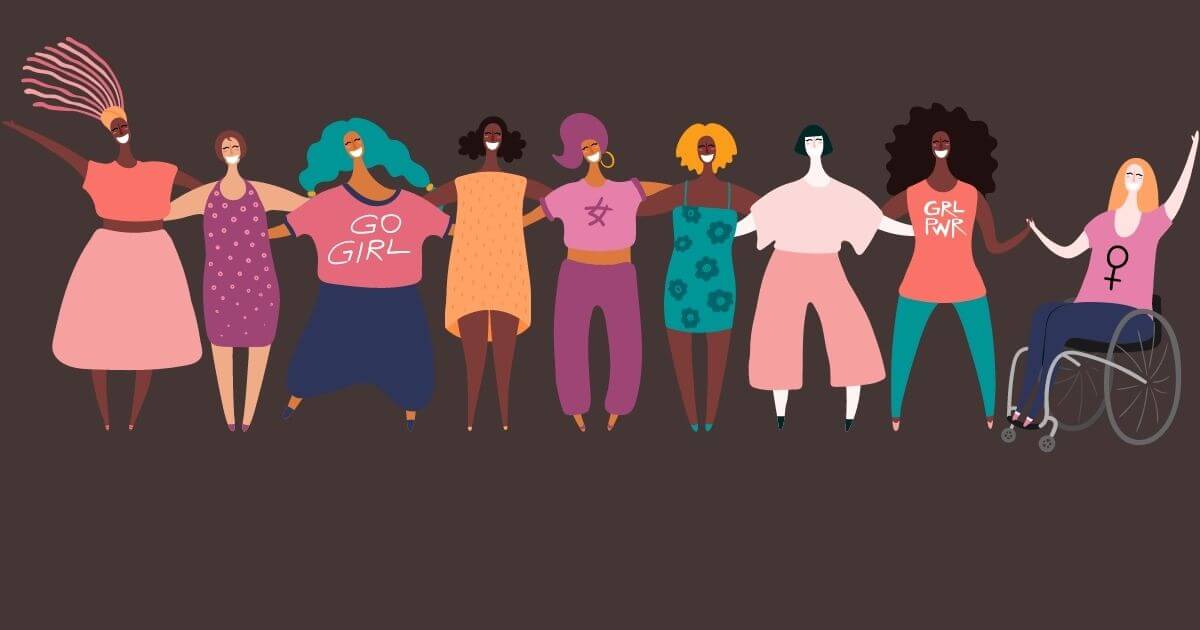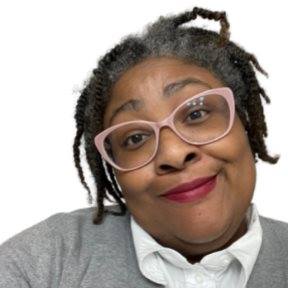
Representation Matters - The impact of positive and negative representation.
Throughout history and even now, representation of non-white people has mostly been harmful. Stereotypes, tropes, tokenisms and cultural inaccuracies have always been present in the media and beyond. Unfortunately, this is true to this day.
Yes, representation is improving. But is it enough? No, it's nowhere near enough.
#RepresentationMatters
Can a hashtag make a difference? What it can do is bring more awareness to the issue. It's not an issue about LACK of representation only, it's also about the quality of representation. The inclusion of diverse characters in film, literature, and advertisement is a total fail if their characters fall into insensitive stereotypes with no cultural depth.
At Intended Impact, we feel strongly about the importance of representation. Not only in the media and entertainment industry but also in education and academia.
We welcome you to continue the conversation over at our social channels! What are your thoughts on why representation matters?
Why does representation matter?
Representation matters for every person in a Black or non-white community, but it matters more for children. All kids learn about life by seeing it happen around them.
They notice how the people close to them interact with the world and how their mental health is affected. Children also internalize what is shown to them on news programs, entertainment shows, TV and streaming commercials, internet and print article headlines, and printed advertisements like magazines, bus wraps, and billboards. Likewise, they see how other people treat them, making emotional and cognitive connections. As they grow, their perception of who they are and their position in the world is shaped by all these experiences.
The harm behind negative representation
There are essentially two types of representation, negative and positive. There is no gray area. Children and adults are impacted no matter what. It's true that adults grow a thick skin to the negative representation they are exposed to, but that doesn't make the hurt goes away. Let's start with negative representation, sadly the most common type of the two.
These are the most damaging examples of negative representations for each group:
- Black Community: The dangerous, angry Black man and the loud, angry Black woman.
- Asian Community: All Asians look the same, all Asians are super smart, Asians are submissive, Asian men are weak, Asian women are quiet and docile.
- Latinx Community: The exotic lover, fiery tempers, the maid, the non-English speaking immigrant, the gang banger.
- Indigenous Community: Blood-thirsty warriors, Indian maidens, living on the Rez.
- Muslim Community: Terrorists, subservient conservative women, demanding and demeaning men.
- LGBTQIA Community: Promiscuity, masculine lesbians, effeminate gay men, all transgender people are drag queens.
- Disabled / Limb Difference Community: Disability is always "noticeable", people with limb differences are always ill and in pain.
- Women: Women are less intelligent than men, women belong in the home and kitchen, only women take care of children, and women need men to take care of them.
This is just a short list of the negative representation our children are seeing as they grow. These are the stereotypes shaping their vision of the world. Parents of Black and non-white communities can do so much in helping their kids understand that these tropes are damaging. It's not even the parents' job to undo what the media does wrong, but the media's job to FIX THE PROBLEM THEY CREATED.
Positive representation matters
Enough about the negative side of how representation matters. Let's talk about how representation matters in a good way.
But what exactly defines representation as "positive"?
For example:
- When a non-white person is depicted as a person who is doing something positive for their community, without the tokenism or "disturbed" background.
- Black / Brown teachers and professors that aren't othered in their academic circles.
- Immigrants without exaggerated stereotyped accents (natural accents are great and show diversity and respect for people).
- Black / Brown / Asian / Indigenous characters in movies played by actors of that race.
- Black / Brown / Asian / Indigenous actors in leading roles.
- Stories of inspiring Black / Brown / Asian / Indigenous scientists, inventors and entrepreneurs.
- More media and stories with non-white leads and cast.
The impact of Black and non-white communities seeing positive representations of their peers improves their lives in many ways. Most importantly, it reduces negative stereotypes. This is something that will take time to override. Only when we get to the point that positive representation is more common than its negative counterpart, we can finally say that things are truly changing for the better.
Impact on children
The impact of representation is greater on children while their perceptions are still molding and their visions created. Consider, for example, The Dream Gap. Research shows that girls begin to develop limiting beliefs about themselves as early as 5. Women they see in films, TV shows, advertisements, even their own school system, parents' place of work and their families; are the ones creating the idea of what they can and cannot be as adults.
When a child sees another child that looks like them in a scenario that is natural and inspiring, they will feel better about themselves. When they see adults that look like they will look, living their authentic life and doing amazing things, they will grow up knowing that they can reach those heights as well.
Children are also affected by the adults that have been shaped by negative representation. It might take generations to undo the damage that has already been done to the parents of the younger generations. Teenagers and college students have always been the ones that stand up for human rights, 2022 is no exception. But what is the point of all that work if things still don't change?
Impact on adults
As adults that have had to grow up and inherit tons of negative representation; we're exhausted and furious at the fact that it's all still happening. We're also very excited to see positive representation improve and spread in some areas. Our children are still in danger of the harm of negative representation, but it's a bit easier now to override the damage. Exceptions exist of course; we still have to teach our Black sons to be mindful of their actions and activities because even if positive representation is improving, racism is still rampant. We still have to teach our daughters to be careful of men.
For those adults in minority groups that are segregated, isolated and misunderstood, positive representation helps them find community. It opens doors to a reality that they can feel comfortable in, where they can be themselves without fear of retaliation.
For non-whites that are hardly ever represented, when it happens they feel like it's a win, when it should really be a normal every day thing.
Where do we need more representation?
Positive representation is important in any ambiance where there is communication or exchange of ideas between people. In representations of people in power, in people that influence, in people that break the mold.
Essentially, we need better positive representation everywhere.
- In the media
- In academia
- In education
- In the workforce
- In advertising
- In pop culture
- In healthcare
Representation matters for every age group. Yes, it's relatively more important for children to see positive representation, but it's also essential for changing the minds of the adults that have already been affected.
